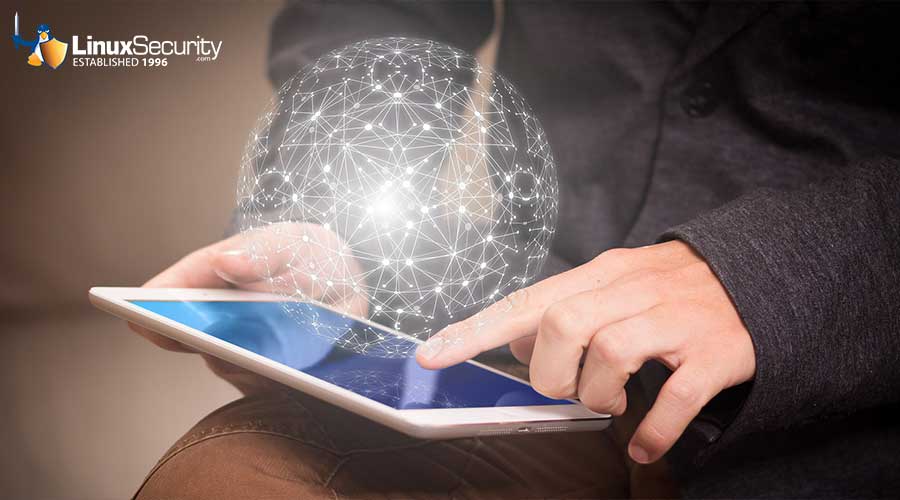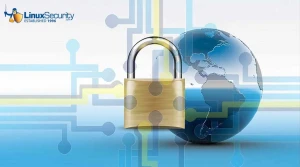The Biometrics Myth
There are obvious attractions associated with biometric authentication systems. Apart from `looking the part', users love them. Once enrolled, there is nothing to remember. Simply place the right finger on the reader, or face a camera, or perhaps speak into a microphone, and that's authentication. Let's face it, users are hardly likely to leave their fingerprint at home, and short of a transplant, cannot pass it onto someone else. From a management perspective, once the user is enrolled, there is little systems maintenance overhead. It is rare that a user needs to be re-enrolled, so password resets become a thing of the past.
So why a myth?
To illustrate the problems, let us look at one of the most popular biometric solutions - fingerprint recognition. The mechanism for capturing the print is not important to this discussion. It could be an optical reader, or proximity capacitance. It doesn't matter how detailed the scan is either. All this affects is the magnitude of stored data. The important point is that once enrolled, fingerprint data is nothing more than a static pass-phrase. Whenever users try to authenticate themselves, their fingerprint is compared to the stored version - and a match opens the doors to the system.
There can be all kinds of (expensive) protection against `copying' fingerprints. Photographs of prints can be detected by scanning for three dimensions, latex glove copies can be detected and even amputated fingers can be distinguished unless absolutely fresh! But all that is for nothing. Once registered with the system, the prints become a series of binary digits, just like everything else on the computer. There is nothing to prevent a hacker recording the `fingerprint' as it goes up and down the wire, replaying a copy in a follow-on attack. And once one biometric system has been hacked, they are all exposed, as users will almost certainly employ the same finger for all system gateways.
Call out:
Once registered with the system, the prints become a series of binary digits, just like everything else on the computer. There is nothing to prevent a hacker recording the `fingerprint' as it goes up and down the wire
There has to be a simpler way
There is a much simpler and considerably more cost-effective approach, employing encrypted `vaults', and transition to such a system can be transparent to users. One day, they log into to their PC/domain as normal and in the background, the system builds an encrypted vault. From then on, users believe they are logging into their usual PC/domain - the look and feel remains unchanged.
The link for this article located at net-security.org is no longer available.
























